Soil Health Benefits and Improvement Tips
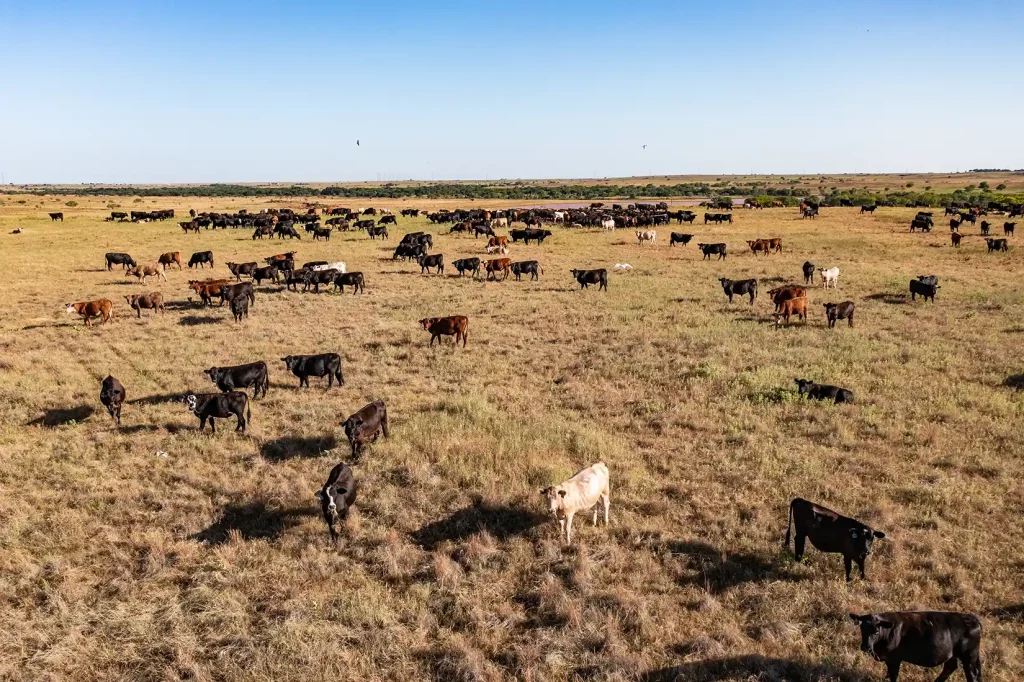
Healthy soils are fundamental to sustainable rangelands. In fact, “grazing lands occupy nearly half the Earth’s land area, provide livelihoods for millions, and mitigate climate change via massive stores of carbon,” explains Ken Tate with UC Rangelands. “Maintaining and restoring soil health is essential to ensuring these benefits in our ever changing environment.” Healthy soil can […]
How Climate Change is Impacting Rangelands
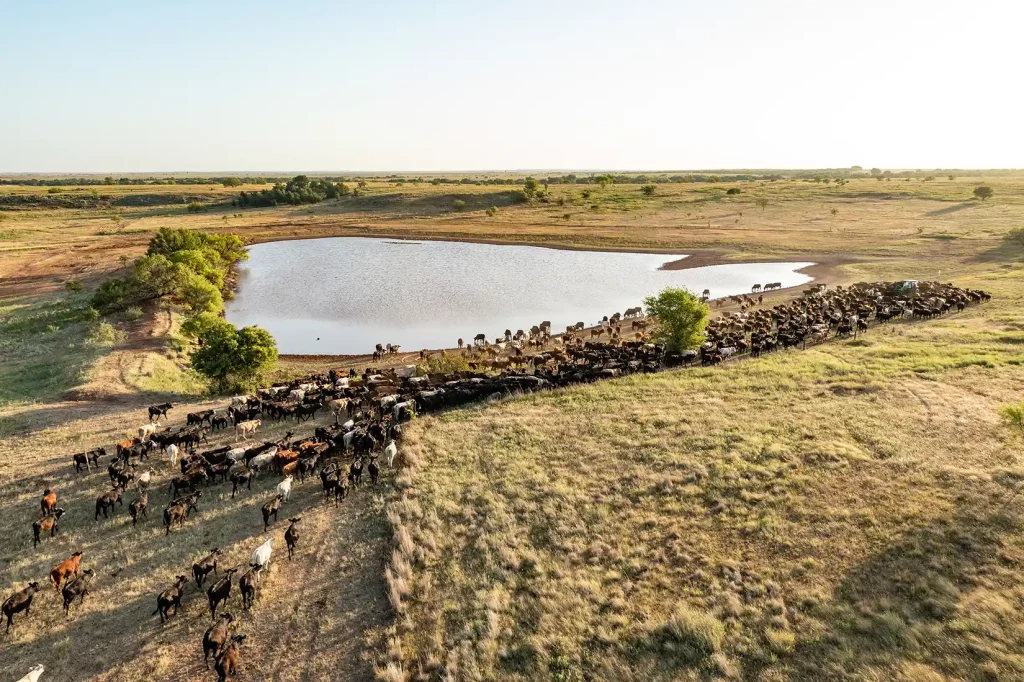
Rangelands encompass over 770 million acres of land in the U.S., and despite their classification as a single land type, these U.S. rangelands occur across a variety of ecosystems and have unique vulnerabilities. There is consensus in the scientific community that rangelands are especially vulnerable to the effects of climate change, and that management will […]
Electric Fence Tips for Ranchers
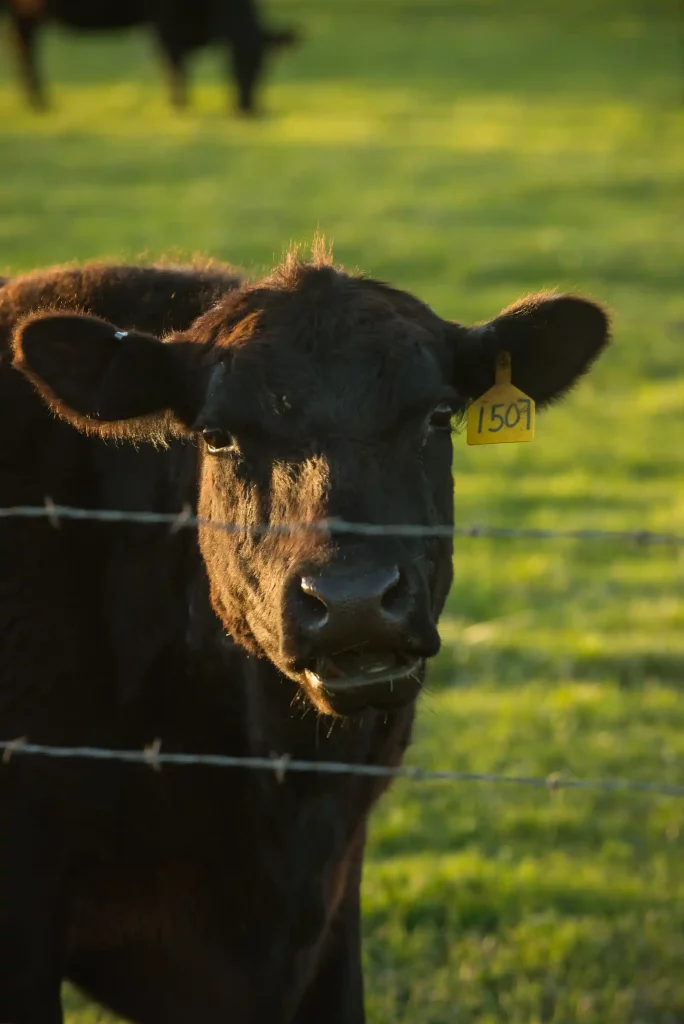
Electric fences can actually provide ranchers with cost-effective land management possibilities. The goal is to create a strong perimeter fence with temporary or modest interior fencing, according to the National Grazing Lands Coalition. Then, by training animals to the fence before putting them in, ranchers find the most success. The National Grazing Lands Coalition recommends […]
Understanding Your Pasture & Grazing Agreement Options

The lack of a futures market for forages can make it difficult for landowners and beef producers to establish a fair-market value, particularly for standing forages. Furthermore, the plethora of management and infrastructure considerations that go into establishing a value, while overwhelming at times, often can make the difference between profit and loss on a […]
Soil Testing Basics for Ranchers
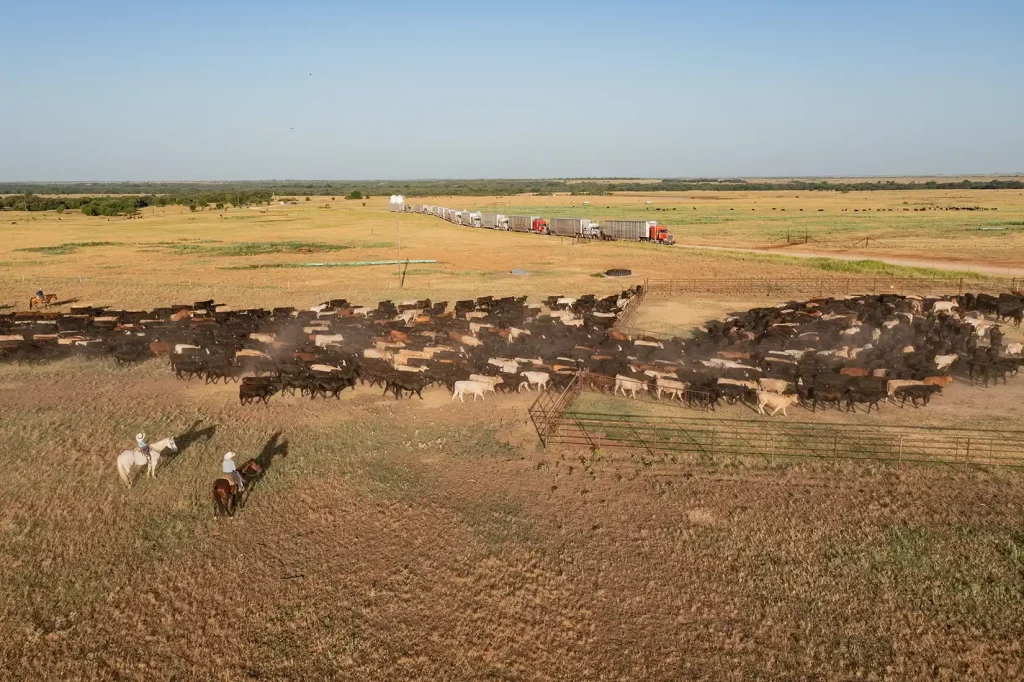
Soil testing may not be high on your list of to-dos, but it’s necessary for understanding where soil health is at a given point in time and to measure improvement after implementing changes. And while you may think you can skip soil testing, the small amount of time and energy to do it is cheaper […]
6 Soil Heath Principles for Ranchers
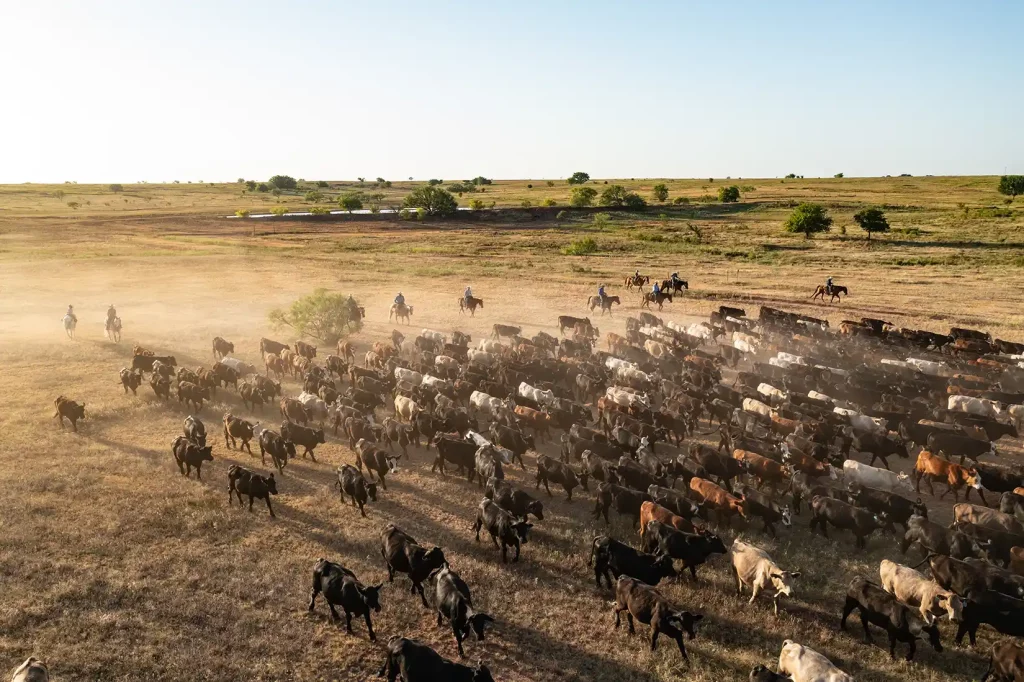
Ranchers might not give enough credit to their soil when it comes to optimizing their pastures. Soil can do quite a bit when it comes to recycling nutrients and making them available to plants, as well as keeping plants healthy. The main principles for healthy soils are to: Download Soil Health Principles For Grazing Lands […]
How Much Food Should Your Livestock Eat?
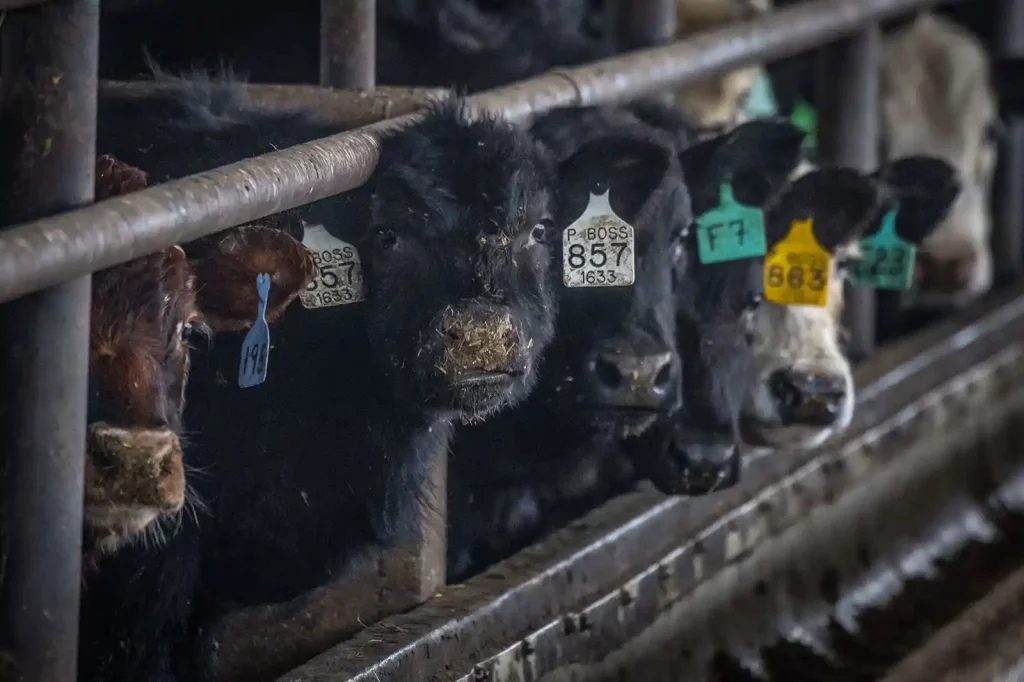
Knowing how much forage your pasture produces combined with how much food your animals eat can tell you how many animals they can sustainably raise, according to the National Grazing Lands Coalition. Levi Trubenbach, Ph.D, nutritionist with the Livestock Nutrition Center, is often asked: “How much should I be feeding my cows?” “It is a […]
Antibiotic Residue & Tissue Risk Assessment
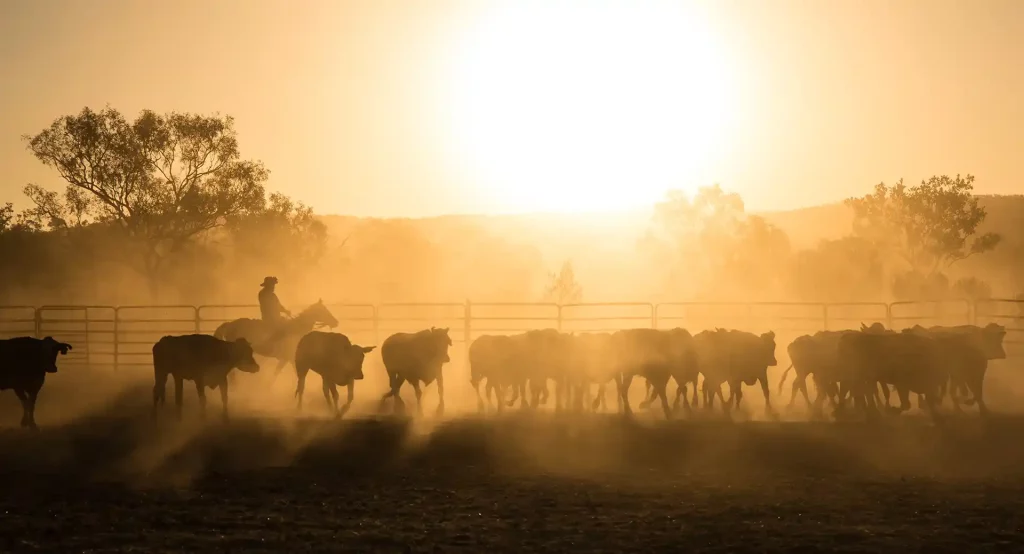
The Beef Quality Assurance (BQA) program for antibiotic stewardship is rooted in a cattleman’s belief of doing the right thing. The judicious use of antibiotic technologies is no exception to the goal of producing high-quality, wholesome and healthy beef. BQA guidelines are designed to make certain all beef consumers can take pride in what they […]
Top Signs That Can Mean an Animal is Sick
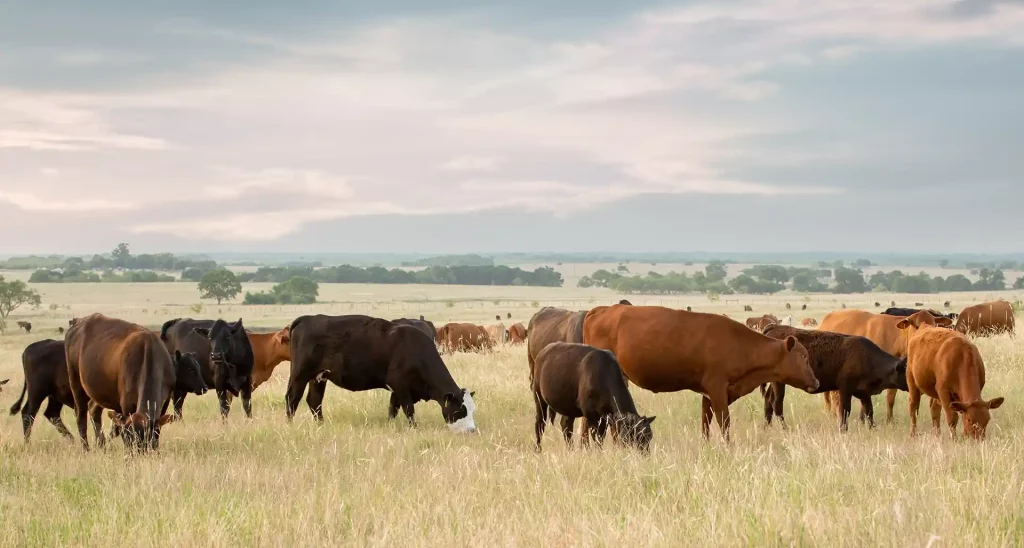
Ranchers can’t always tell if they have a sick animal in their herd. That’s because, as prey animals, they don’t want predators to know they’re sick, so they’ve become pretty good at masking symptoms. That means you have to know what normal looks like so you can watch for small differences in behavior. Luckily, there […]
Purpose and Components of Beef Cattle Handling Facilities

Good cattle handling facilities are necessary for all cattle operations, regardless of the number of cattle. Cattle handling facilities have multiple uses: There are several important issues to consider when developing new or renovating existing animal handling facilities, according to the Mississippi State University Extension. The most important consideration is the intended uses or objectives. […]